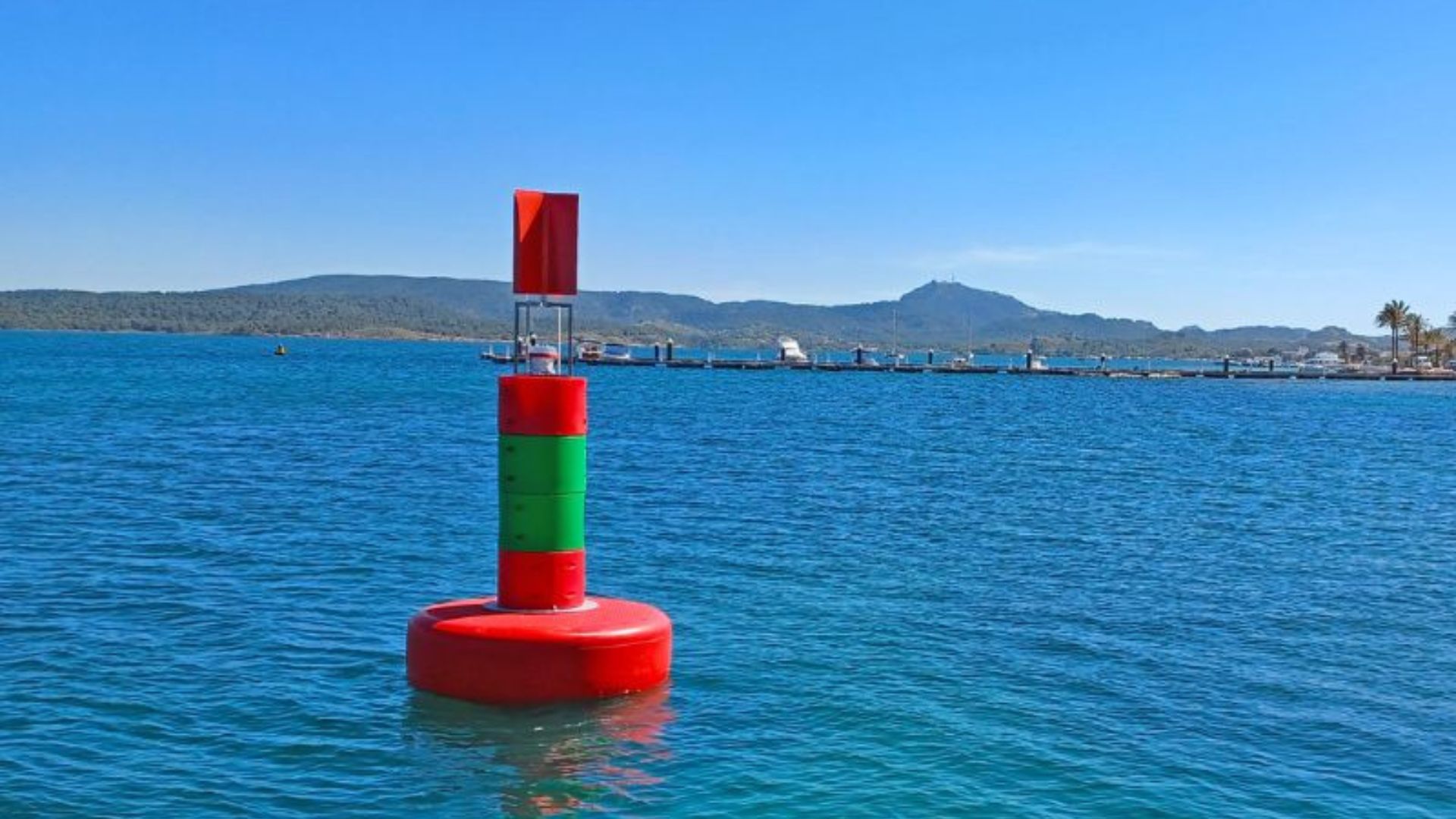
Cape Horn. Why is it so dangerous?
Cape Horn, located at the southern tip of South America, has gained legendary notoriety due to its unique navigational hazard. This iconic geographic point has witnessed extreme challenges that have baffled mariners for centuries.
Location
At the southernmost point of the American continent, lies Hornos, an imposing 425-meter high cliff south of an island of only 12 square kilometers. Serving as the northern limit of the Drake Passage, a 650-kilometer wide strait that separates South America from the Antarctic continent, in this corner the waters of the Pacific and Atlantic oceans intertwine, delineating a risky passage known as the Beagle Channel, which serves as access to the South Pole.
Cape Horn stands as one of the most feared corners of the globe, where winds roar with the fury of storms most of the year, intensifying to hurricane force at least one or two days a month.
Before the opening of the Panama Canal in 1914, this cape represented the only route between the Atlantic and Pacific oceans. It was at that time that this geographical feature earned its mythical status, marking the boundary between the two oceans.
Witness to daring voyages and the origin of countless maritime legends, Cape Horn stands today as the Everest of sailing, the supreme challenge faced by every sailor.
Why is it so dangerous?
Throughout history, Cape Horn has been the scene of numerous maritime tragedies, witnessing some of the most notorious and dramatic shipwrecks. These tragedies, among others, have contributed to the Cape's reputation as one of the most challenging and dangerous places for navigation in the world.
1. Convergence of ocean currents
In the Cape Horn region, two powerful ocean currents collide: the Antarctic Circumpolar Current and the Brazil Current. This convergence generates turbulent waters and unpredictable conditions, making navigation a constant challenge.
2. Extreme winds
Winds from the west, especially during the passage of frontal systems, are a distinctive feature of Cape Horn. These winds can reach extraordinary speeds, creating a challenging and dangerous environment for any vessel venturing into the area.
Fierce storms off the Pacific generate northwesterly winds of up to 50 knots, which, when channeled between the Andes Mountains and the Antarctic Peninsula, easily exceed 70 to 80 knots. This combination gives rise to huge waves, to which icebergs and floating ice fragments are added during the austral spring and summer.
3. Unpredictable climate
Weather variability is a constant in this region. From seemingly calm conditions to violent storms, the weather can change rapidly, requiring navigators to be extremely adaptable.
4. Cold temperatures
The proximity to Antarctica means cold waters around the cape. Low water temperatures increase the risks associated with shipwreck, as prolonged exposure can lead to hypothermia, posing an immediate threat to the safety of mariners.
5. Challenging underwater topography
The seabed in the vicinity of Cape Horn presents a complex topography, with varying depths and the presence of submerged islands and islets. This configuration adds an additional level of complexity and risk to navigation.
Despite technological advances and improvements in maritime safety, Cape Horn remains a formidable challenge for modern mariners. The rich history of shipwrecks and challenges overcome in this region adds an element of respect and fascination to this meeting point between the Atlantic and Pacific Oceans.
Navigating these waters remains a test of skill, courage and respect for the forces of nature.













_v2.svg)
_v2.svg)









_v2.svg)


